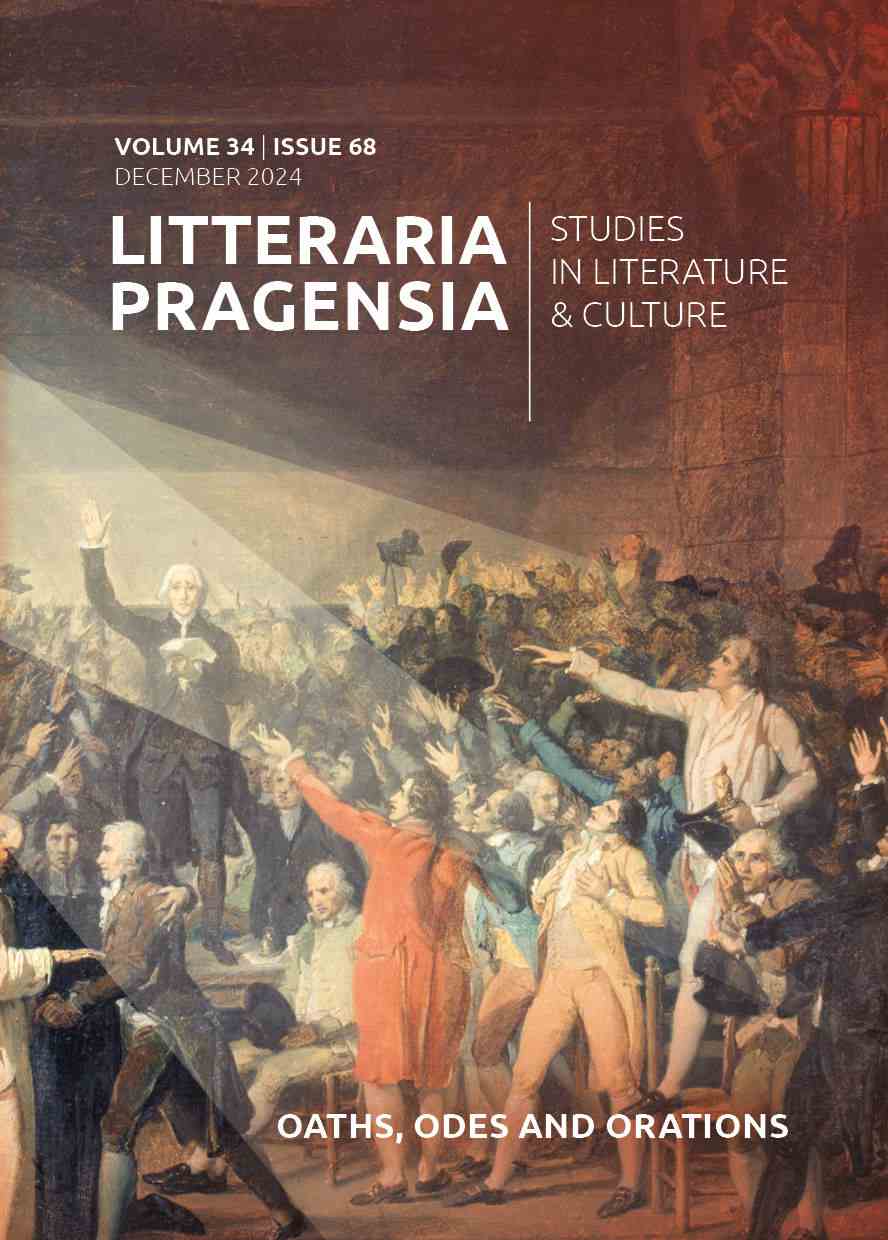“Inspiration’s darling child”: The Romantic Ode
“Inspiration’s darling child”: The Romantic Ode
Author(s): Paul HamiltonSubject(s): Studies of Literature, Aesthetics, History of ideas, Modern Age, Philosophy of Mind, Philosophy of Language, Sociology of Literature
Published by: Univerzita Karlova v Praze - Filozofická fakulta, Vydavatelství
Keywords: odes; Romanticism; reflexivity; poetry; nationalism; liberty; madness
Summary/Abstract: The ode is usually an explicitly public utterance, but one which revises public expectations of its subject-matter, thus drawing attention to the individual originality of its author. It is simultaneously a highly formalised genre and one fundamentally aspirational in its ambitions. Pindaric, Horatian and Anacreontic models help shape many odes written in the Romantic period, but the aspirational idiom tends to predominate, making the poems frequently about their own license, typically Romantic exercises in poetic reflexivity. My discussion looks at poems by Wordsworth, Coleridge, Moore, Hölderlin and Leopardi to compare rhetorical tactics by which Romantic odes visibly take on the conflicted task of formally exploring a response to their subject exceeding received expectations. Their pursuit of the exorbitant is here argued to be another example of post-Kantian exploitation of the philosophic legitimacy Kant granted the aesthetic to express what we might feel about things beyond our power to conceptualise them. Poets considered here use odes to envisage freedoms they desire – national, political and personal. In Romantic poetry, though, the realization of these visions becomes conspicuously literary, involving a shift from the subject described to the medium claiming to treat it with such originality. While the ode’s all-encompassing writing furnishes political encouragement, it can also, as in Hölderlin’s case, worryingly produce aesthetic excellence at the expense of personal coherence.
Journal: Litteraria Pragensia: Studies in Literature and Culture
- Issue Year: 34/2024
- Issue No: 68
- Page Range: 151-165
- Page Count: 15
- Language: English

